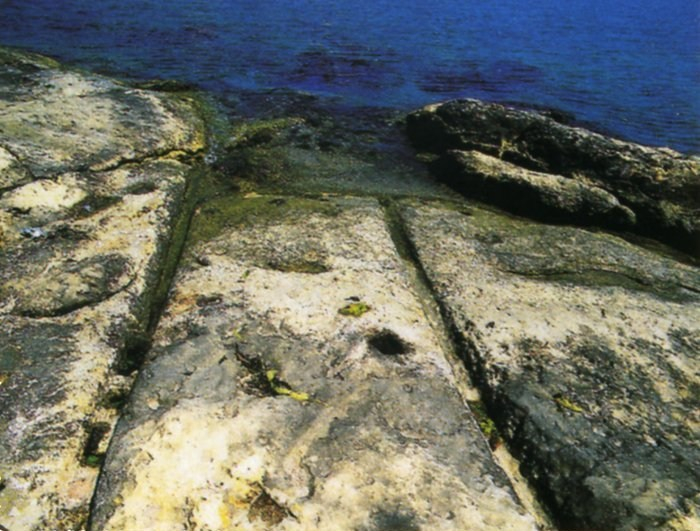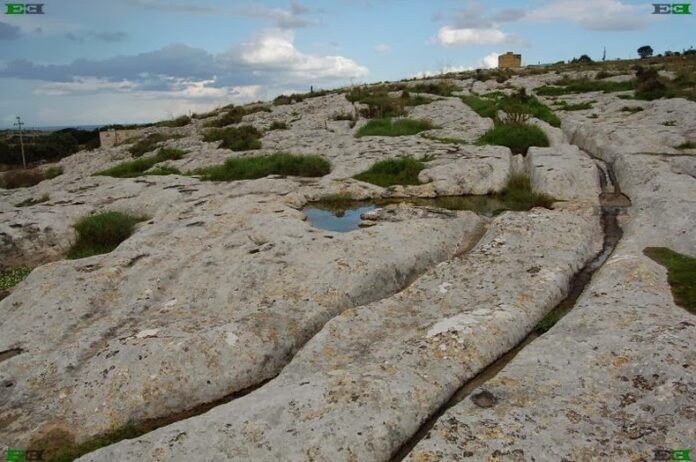The “cart tracks” of Malta represent one of the most intriguing archaeological phenomena, capturing the curiosity of researchers and historians for decades. These parallel grooves, which resemble tracks left by a cart or sled, are etched into the land and seabed around the islands of Malta and Gozo, presenting a captivating puzzle from the distant past.
A Journey Back to the Neolithic Period
Believed to be man-made structures from the Neolithic period, possibly as early as 4000 BC, these tracks provide a fascinating glimpse into ancient engineering. Carved meticulously into the bedrock, the tracks are typically 8-15 centimeters deep and run parallel for several meters. Their presence is not limited to terrestrial landscapes; they extend underwater, where their preservation adds an extra layer of intrigue.

Geological Changes and Preservation Underwater
The submersion of these tracks beneath the sea is attributed to significant geological changes, including sea level rise and coastal erosion over millennia. During the Neolithic era, Mediterranean sea levels were lower, allowing the creation of these tracks on dry land. As sea levels rose and geological processes altered the coastline, these tracks became submerged, preserving them in their underwater state where they remain visible today.

Theories Behind the Tracks
The exact purpose of the cart tracks remains shrouded in mystery. Various theories have been proposed, each providing a different perspective on their possible function:
- Transportation: One prevalent theory suggests that the tracks were used for transporting heavy stones or goods. The parallel grooves might have facilitated the movement of sleds or carts, easing the transportation process across the rocky terrain.
- Water Management: Another hypothesis posits that the tracks were part of an ancient water management system. They could have channeled water or served as pathways for irrigation, reflecting an advanced understanding of hydraulic engineering by the ancient inhabitants.
- Ritualistic Purposes: Some researchers speculate that the tracks had a ritualistic or ceremonial function. They might have been part of sacred processes or used during religious ceremonies, highlighting the cultural and spiritual aspects of Neolithic society.

Insights into Ancient Life
Despite the uncertainty surrounding their origin and function, the cart tracks of Malta offer invaluable insights into the technological capabilities and daily lives of the ancient Maltese. They reflect a high degree of sophistication in engineering and a deep understanding of the natural environment.

Conclusion
The cart tracks of Malta continue to be a subject of fascination and study, inviting both scholars and enthusiasts to delve into the mysteries of ancient engineering. Whether for transportation, water management, or ritualistic purposes, these tracks stand as a testament to the ingenuity and resilience of the Neolithic inhabitants of Malta and Gozo, preserving their legacy in the bedrock and beneath the waves.




